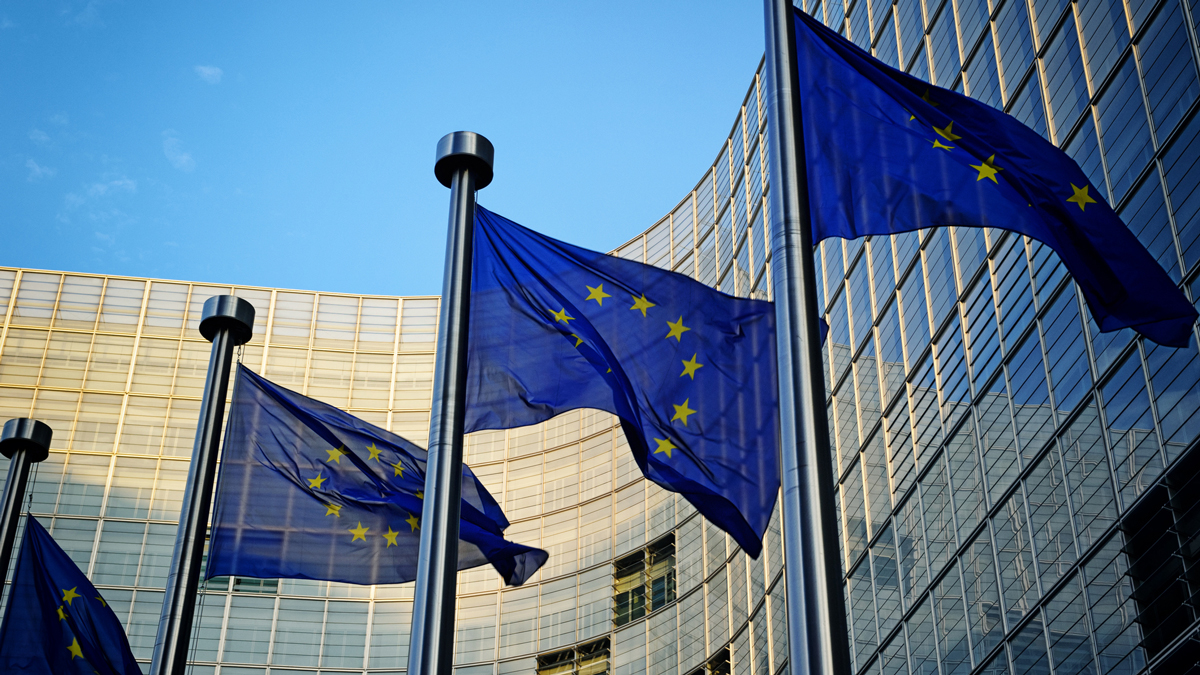Legal requirement, ethical duty: How to develop compliant, useful lay summaries

New lay summary guidelines walk sponsors through their obligations under EU regulation No. 536/2014, due to come into force in February next year. Patient involvement is key, they say.
The sooner patients are involved in developing and publishing lay summaries, which will soon be a legal requirement in the European Union, the better.
That was among the key messages from speakers at a joint European Forum for Good Clinical Practice (EFGCP) and the European Federation of Pharmaceutical Industries and Associations (EFPIA) webinar, held last week.
Speakers outlined the new Good Lay Summary Practice (GLSP) guidelines, and gave practical advice on making the document’s recommendations a reality.
Increasing transparency
Under the EU clinical trial regulations, explained EFPIA’s Science Policy and Regulatory Senior Manager Silvia Garcia, sponsors will be required to publish a lay summary of all trial results from February 2022.
These must be submitted into the Clinical Trials Information System (CTIS), part of the EU Database, portal, no later than 12 months after the protocol-defined end of the study. This deadline is six months for paediatric studies, or 30 months for non-therapeutic phase 1 trials.
Ingrid Klingmann, chairman at EFGCP, said the guidelines, developed in cooperation with the Roadmap Initiative to Good Lay Summary Practice and adopted by the European Commission’s Clinical Trials Expert Group, aim to provide an effective methodology, from planning to dissemination.
“We wanted to establish a framework that could create a new level of transparency and interest in clinical research for patients and the interested public,” she said. “When we started this, no one was thinking about COVID, but over the last year and a half we have seen the interest in research take a quantum leap.”
The lay summary project, then, fulfils a “current and future need” to provide information in a “transparent, reliable, objective way”.
Boosting engagement
Klingmann said all trial sponsors had an ethical obligation to provide reliable, comprehensive, objective trial result information in a way that everyone could understand.
Trial participants, she said, had a right to be informed of the results of the research they contribute to, no matter where they lived.
That’s why the GLSP document, which has been included in EudraLex Volume 10, is just as applicable in other markets, including the UK and US, as they are in the EU.
Patients also have a right to contribute to the process of ensuring the information is suitable and relevant, said Klingmann.
“We want to enable comprehensive patient involvement in the overall development, to make sure that these lay summaries are really suitable.
“Patient engagement is increasing rapidly at the moment, and the benefits are obvious. More and more patients are interested, able, and willing to contribute to different aspects in the medicines development process, including lay summaries.”
Getting started
Thomas Schindler, head of innovation medical writing, at Boehringer Ingelheim, explained the guidelines’ four key steps – planning, development, translation, and dissemination – and highlighted the importance of developing the right policies, procedures, and documents to support them.
“Clinical trial sponsors work in a very regulated environment. We need clear processes and accountabilities, and sponsors are well advised to develop a standard operating procedure,” he said.
This should cover the entire process, “starting with the writing, the review of the document, and its dissemination”.
He also recommended setting up a lay summaries template, which includes headings, the graphic style, and icons. However, companies should bear in mind that these documents must be completely non-promotional and feature no branding.
“It is also very important that budget is allocated to the production of these summaries. That means for the people who work on them, as well as the costs that need to go to translation and dissemination,” said Schindler, adding that teams needed to have the “appropriate skills”.
They should be knowledgeable about clinical research, have a scientific background, and understand the guidelines as well as their ethical principles.
“You need people with developed communication skills and skills in lay language, which is very different from our usual kind of writing,” he said.
“We need to be aware of the numeracy and health literacy limitations of the target audience. The text, the structure of the text, and the presentation of data needs to account for a limited understanding.”
Patient involvement throughout the process was the key to success, he said, explaining that sponsors needed to strengthen existing, or develop new, links with patients and patient organisations.
“The most important aspect here that is really essential to the summary process is that sponsors need to develop a strategy for comprehensive involvement of patients,” he added.
The patient perspective
Begonya Nafria Escalera, patient engagement in research coordinator at Barcelona Children's Hospital, said patients should be involved in the process as early as possible – even from the point of protocol preparation.
“We recommend the patient information sheet and the informed consent form be aligned with the lay summary and the planning of the translation,” she said, adding that patient empowerment was the “whole point of the work”.
“Patients deserve to be engaged and there are many organisations and experts who can facilitate this process and help the sponsors include the patient perspective in the delivery of lay summaries.”
- Read the full GLSP guideline for pharma
About the author

Amanda Barrell is a freelance health and medical education journalist, editor and copywriter. She has worked on projects for pharma, charities and agencies, and has written extensively for patients, HCPs and the public.













